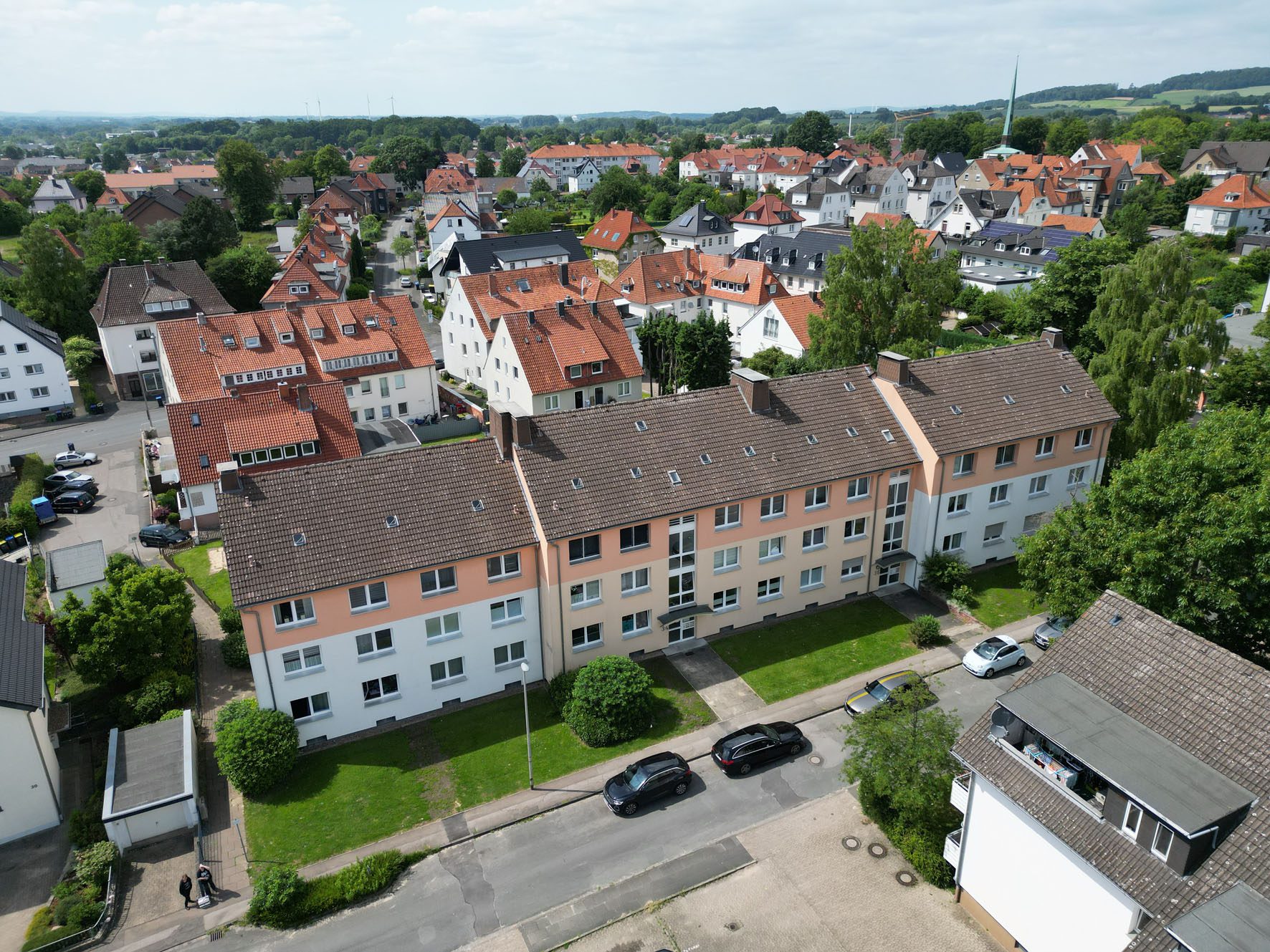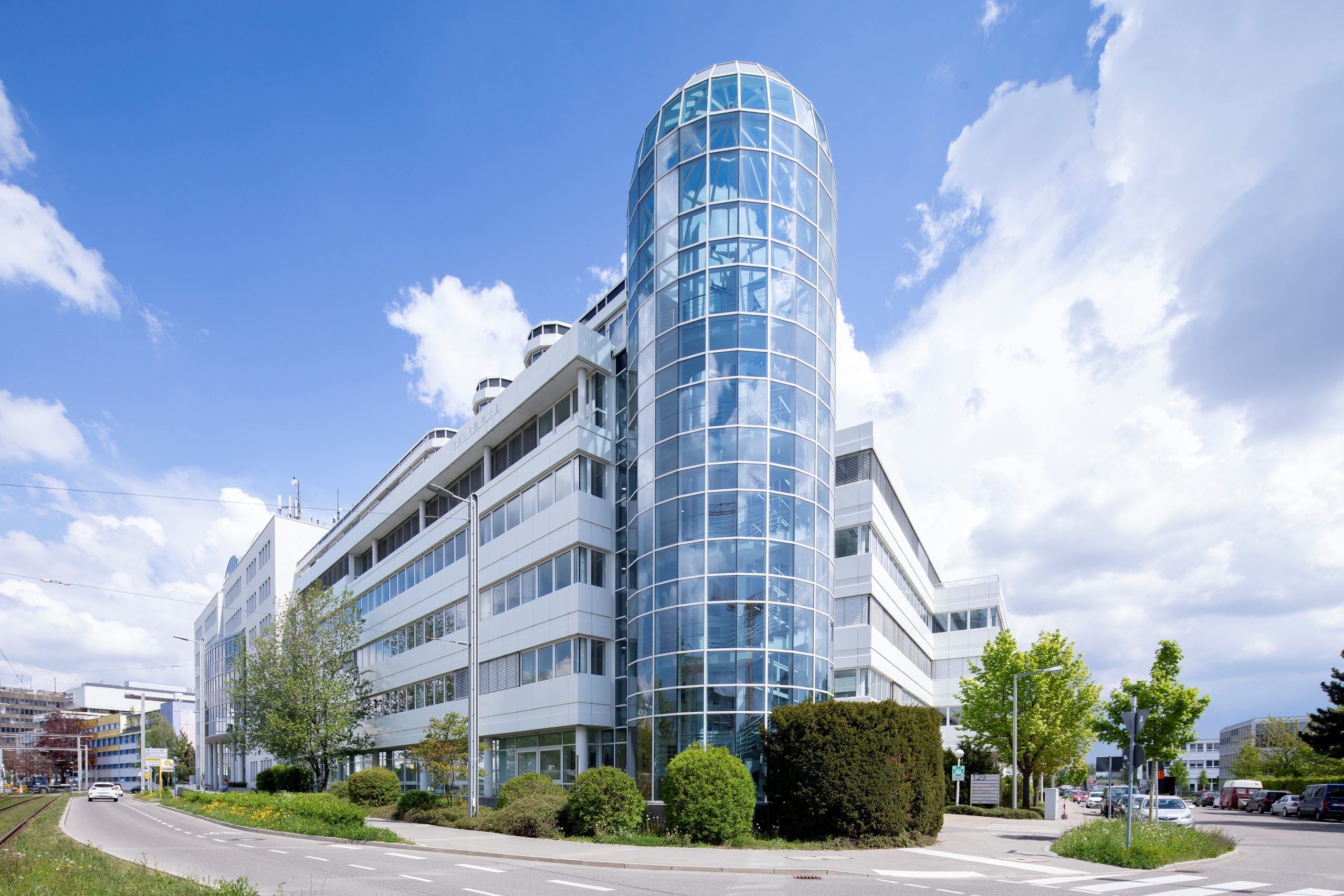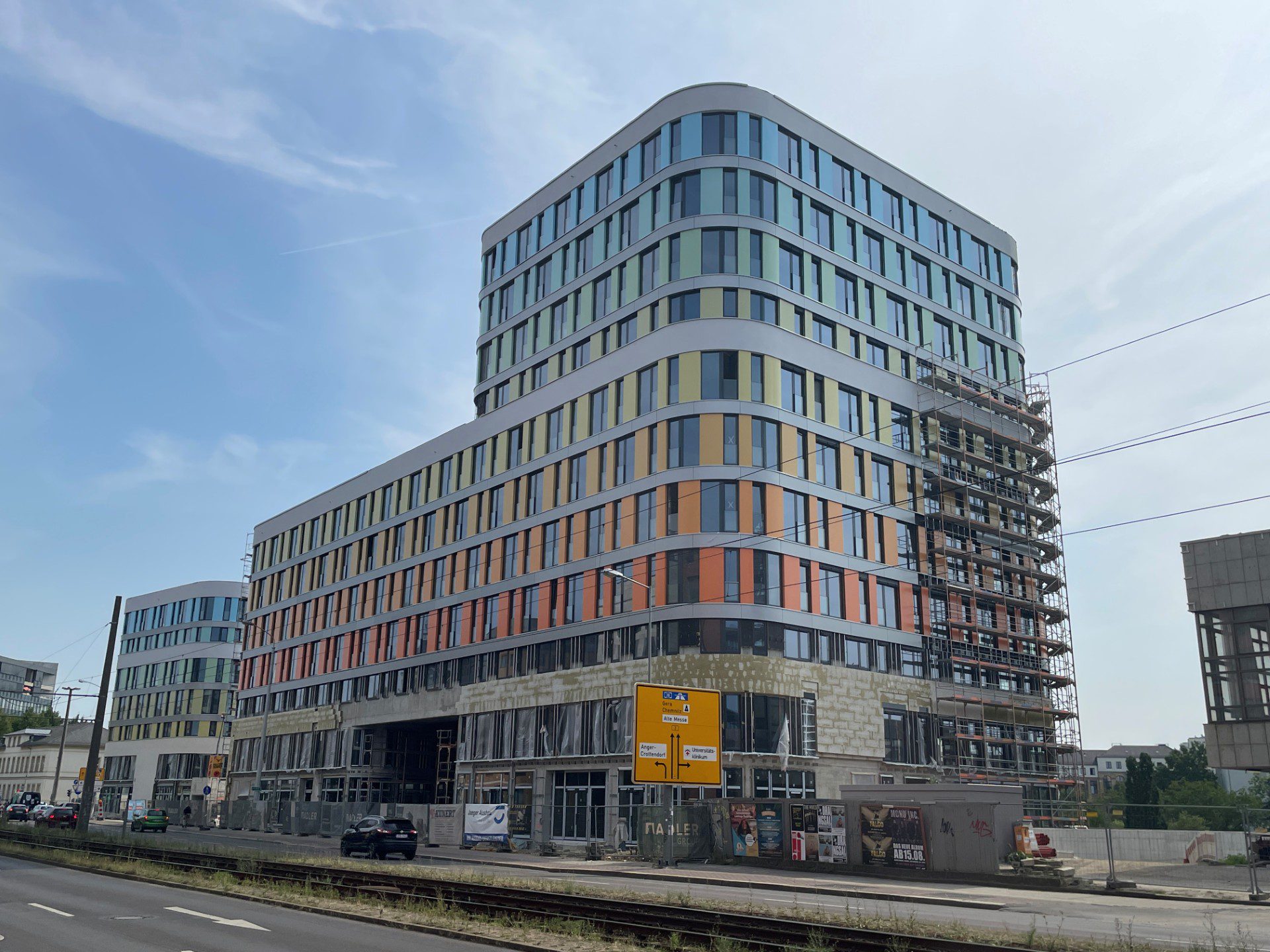A high-ranking panel of experts who took part in the panel discussion “Does the office hold the asset class?” by DIP partner Aengevelt Immobilien at EXPO REAL agreed: Despite major challenges, the office asset class not only has a future, but the right time for investments has come right now. However, there was also agreement that the market has become more selective and the requirements for locations and qualities have increased.
Brigitte Adam FRICS, Managing Partner of ENA Experts Real Estate Valuation, opened the expert panel with a keynote speech outlining challenges and opportunities. The world of work has changed fundamentally in recent years, which is influencing the requirements for office space:
- Flexibility is becoming more important than compulsory attendance; Employees want freedom of choice in their place of work.
- Digitization and AI enable location-independent activities.
- New Work concepts promote creativity and well-being.
- The need for space is decreasing, while the requirements for quality and equipment are increasing.
Due to changing working models, economic uncertainties and government regulations, the office real estate class is facing considerable challenges:
- Rising vacancies due to home office and hybrid working models.
- Low new construction activity due to high construction costs and uncertain demand.
- Energy-efficient renovation obligations increase the need for investment.
- Economic recession weakens demand for office space.
- Institutional investors are showing restraint, focusing on low-risk, ESG-compliant investments.
As a consequence, demand is shifting from quantity to quality, with ESG criteria and flexible usage concepts gaining in importance:
- ESG-compliant buildings with good energy efficiency are in demand.
- Central, well-connected locations remain attractive.
- Flexible usage concepts such as co-working and shared spaces are gaining in importance.
Brigitte Adam of ENA Experts said: “The office remains a relevant asset class – but selective and quality-driven. Only locations and properties that meet ESG criteria, focus on user needs and pursue creative revitalisation and utilisation concepts are fit for the future.”
Heike Beyer, Head of Asset Management DACH at Commerz Real, referred to the company’s own leasing successes and currently 250,000 m² of speculative project developments. Beyer’s bottom line: “The office is an attractive asset class right now. The office has rarely been more important: from a place to work, it has become one of the main motivators for the Return to Office process. Increasing demands, new user groups and more complex decision-making processes have made leasing more challenging, but with the right locations, good buildings, close contact with tenants and perseverance, we continue to have the confidence to continue to work successfully with the office asset class.”
Simon Van Zoggel, Head of Transaction at asset manager IMAXXAM, even spoke of “golden times for office investments”, but adds that in the meantime one should “take a closer look”: “We are still investing in offices and are trying to take advantage of this time right now, see it a bit as a gold rush atmosphere. Of course, there will be locations that will not survive in the office sector, there will be office types that are outdated, but there are also many tenants who do not follow this trend and do not have these great demands, especially government tenants and government-like tenants. At the moment, the yields are incredibly exciting, we are buying new buildings well below production costs, we are buying at favourable factors, which makes it easy from an investor’s point of view.”
Klaus-Peter Hesse, Executive Consultant at Beust & Coll., pointed out that office real estate is known to live longer for office real estate: “Many offices live longer than some people think, and that’s a good thing! Location, energy quality and flexibility in spatial planning, rent levels and the term of contracts already play a major role. However, the future of many office properties will depend on how radically politics and administration accompany the transformation process and courageously support changes in use. Financial support can and should only take place in individual cases and for key properties.”
The thesis that the office asset class has a future, but requires selective strategies, was also shared by Daniel Milkus, Frankfurt branch manager and member of the management board of Aengevelt Immobilien: “The office market is alive! Those who are familiar with offices will find better entry opportunities here – countercyclically – than in other asset classes. Investments in B-cities can even be more stable in the long term than top 5 locations!”
The panel of experts also agreed on the strategies to be taken in detail:
- In order to find and retain highly qualified personnel, the centrality of locations is becoming increasingly important. Peripheral locations only have a chance if the quality is exceptional. Peripheral back-office locations are most at risk from AI.
- Mixed use can increase the attractiveness of an office property, whereby horizontal mixes in the sense of a “quarter on one floor” are more sustainable than the classic vertical mix.
- Office environments must also offer relaxation, socializing, entertainment and wellness. One panelist put it in a nutshell: “The foosball table is no longer enough.”
- ESG is standard.
- The floor plans must be suitable for innovative workspaces
- Ceiling heights: If the ceiling height is not sufficient, the only option is to demolish it. Compromises such as downlights are no longer accepted today.
- For existing buildings that do not allow for innovative working environments, the only alternative solutions are usually conversion or demolition.






















